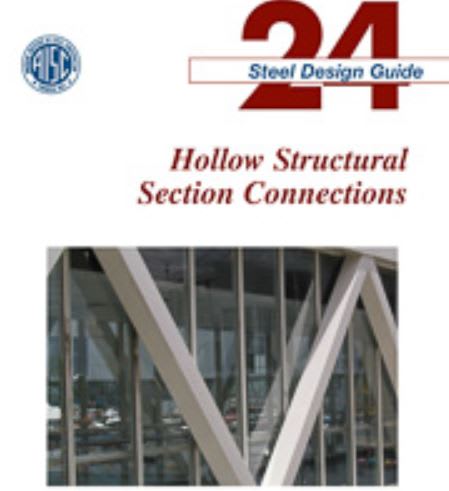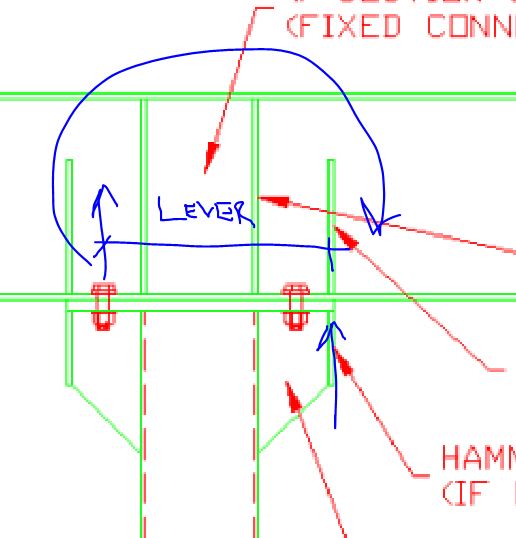Ron247
Structural
- Jan 18, 2019
- 1,142
I have an old spreadsheet I am trying to bring into the 20th century. It is for an HSS column that is fixed to a W-Section. What is the latest guide on the design of this connection? The only thing I see after a quick internet search is the second image below. It is for a shear only connection and not a fixed connection. The first image is a generic detail of what I am trying to do and there are portions of it that may not be in every design. Everything else I find on the internet has the W-section framing into the side rather than across the top.
Any help would be appreciated. I am not up to speed on the LRFD methods but it looks like I am going to have to learn them. I am especially looking for the current way of checking the web gusset to the HSS versus a through plate.


Any help would be appreciated. I am not up to speed on the LRFD methods but it looks like I am going to have to learn them. I am especially looking for the current way of checking the web gusset to the HSS versus a through plate.





